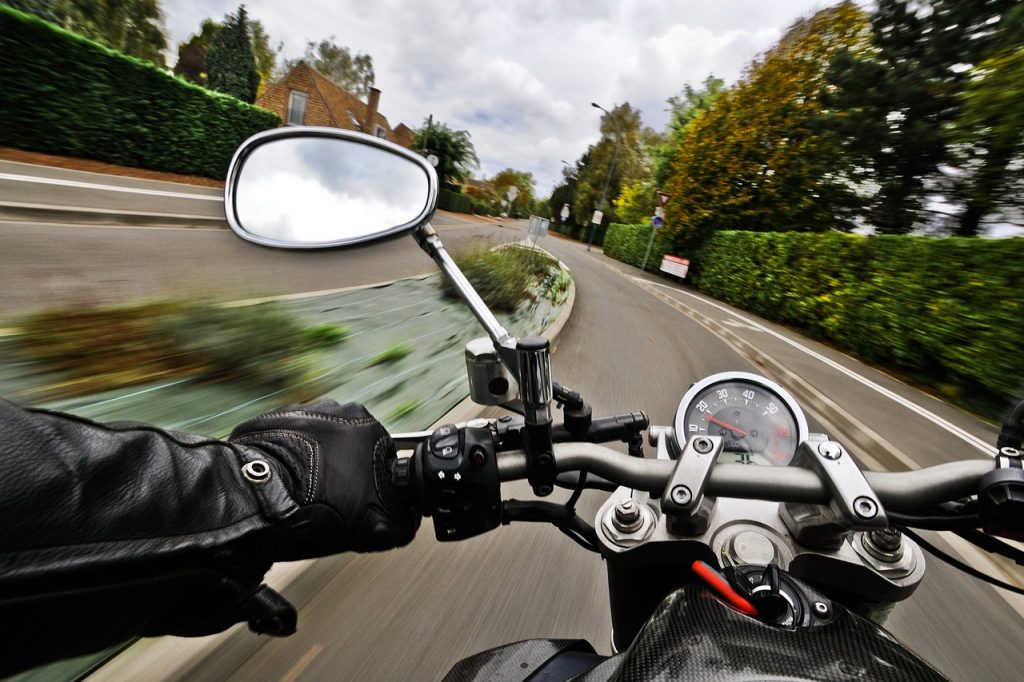For millions of Americans, motorcycles provide a fun and exciting means of transportation. There’s nothing like feeling the wind in your face on a warm summer day. But the statistics don’t lie. Motorcycles are also very dangerous and can increase your risk of injury or death. So if you’re a new rider, it’s imperative that you take necessary precautions to protect yourself from undue danger.
4 Safety Tips You Must Know
Riding a motorcycle is no different than driving a car – at least in the sense that it takes time to master. However, with a motorcycle, you don’t have the luxury of a massive metal frame, airbags, and a seat belt to keep you safe in a collision. Something as simple as a pothole in the road can prove deadly. And that’s why you must take safety seriously.
Before spending any time on the road, you need to heed the following safety tips and advice:
- Take Proper Training Courses
Depending on the state you’re getting licensed in, you’ll be required to take some basic motorcycle education. However, it’s also a good idea to look at supplementary courses to help you master the finer elements of riding.
The Motorcycle Safety Foundation has a number of good courses – including the Basic Rider Course. This course covers everything from motorcycle controls and the dangers of traffic to defensive driving and how to take turns. You can also find courses at many racetracks, which allow you to practice in a safe environment.
- Wear the Appropriate Gear
Some bikers view motorcycle safety gear as optional, but you can’t afford to look at it as anything but mandatory. As a new rider, safety gear could save your life. Some of the gear to consider purchasing includes: helmet, motorcycle jacket, gloves, boots, riding pants, ear protection, and eye protection.
- Understand What Causes Crashes
You need to be aware of the common causes of motorcycle crashes so that you can avoid putting yourself in situations where they may be likely.
Rear-end collisions are especially common and involve a vehicle driving too closely behind a biker. If you notice this happening, pull over and give drivers a chance to pass.
You also need to be aware of left hook accidents. As Marks & Harrison explains, “These crashes occur when a car and motorcycle approach an intersection from opposite directions, and the car turns left directly in front of the motorcycle. Stopping a motorcycle quickly without warning can result in a serious collision. This often happens because the car driver has ‘inattentional blindness.’ In other words, even when the driver sees a motorcycle, the driver fails to notice or acknowledge it.”
If you’re driving on a street where cars are parallel parked on the side, be on the lookout for drivers opening their doors into the roadway. Known as “doorings,” these situations frequently cause serious injuries and accidents.
- Avoid Bad Weather
As a beginner, you should only ride during calm weather. Rain, ice, and snow can reduce your margin for error by creating slick roadways and difficult vision. If you absolutely must ride in the rain, remember to take things slow and wear the proper safety gear. Be light with the brakes, throttle, and steering to prevent sliding.
Don’t Ride Until You’re Ready
Think back to when you learned how to ride a bike. You didn’t just hop on and start cruising down the street. You began with training wheels. Then your parents took the training wheels off and supported you by holding onto the frame. Slowly they released their grip until you could ride for short lengths of time. But even after you were able to balance the bike and ride around in your driveway, it was a while before your parents let you ride to school by yourself or visit a friend in another neighborhood.
Just because you can get on a motorcycle and drive it around a parking lot, doesn’t mean you’re ready to get on a busy road or interstate and cruise. It takes time to learn how to master a motorcycle and safety education is a must. Don’t move forward until you’re properly equipped.
